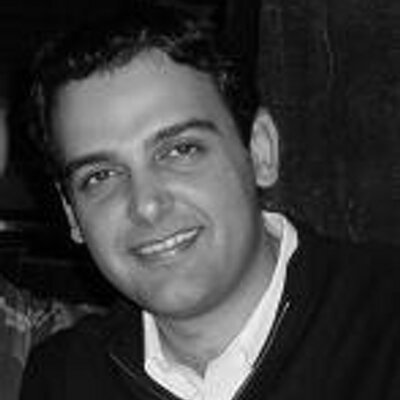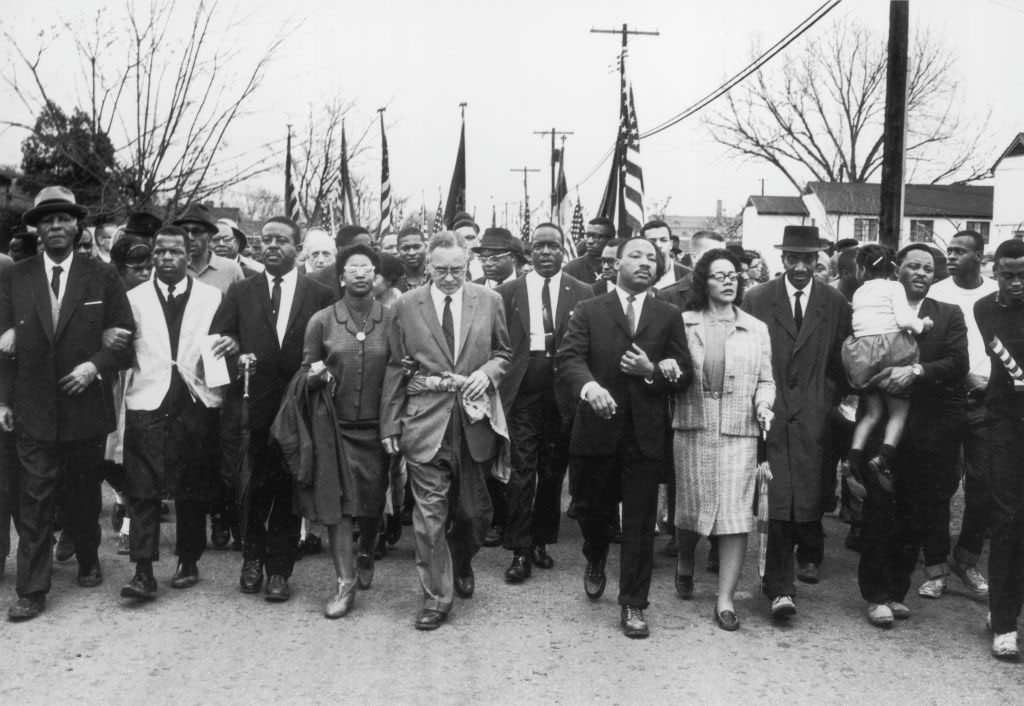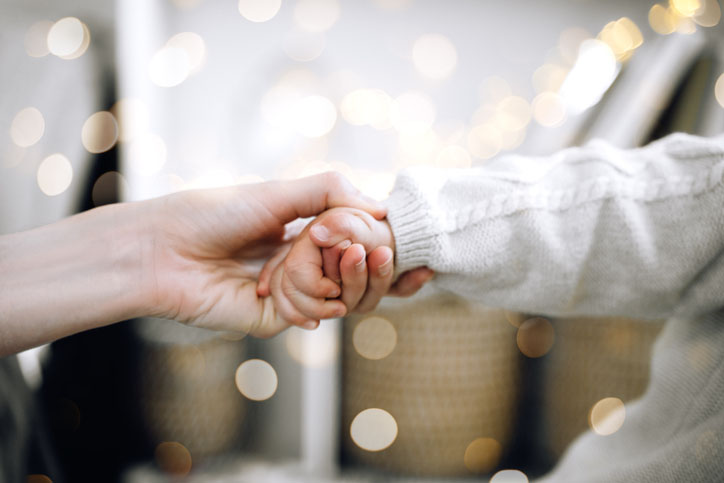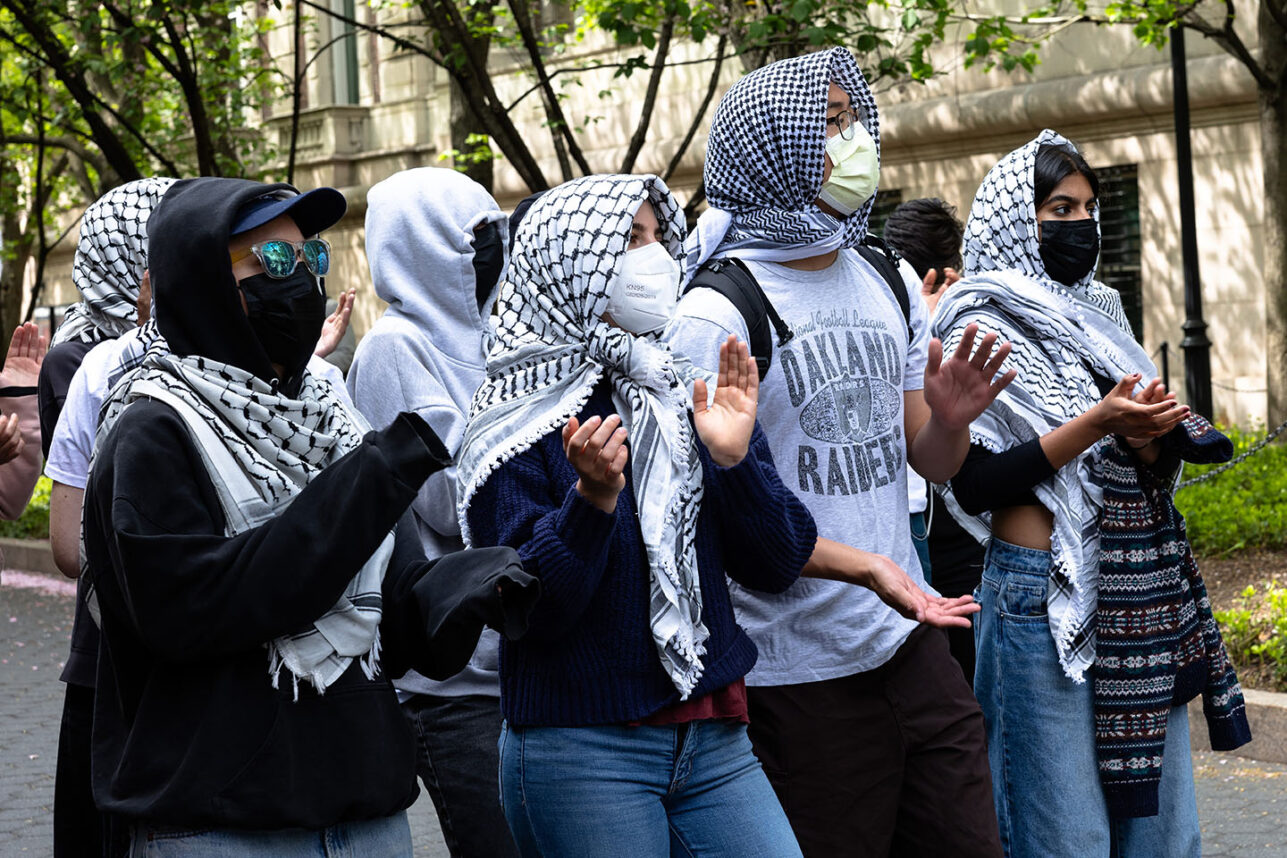By Karmel Melamed
November 2006
You have probably seen her at many local Iranian Jewish gatherings around town or even at parties with one or two cameras in hand shooting everything around her. Sheâs not your typical hired photographer, but American Jewish artist Shelley Gazin has been trying to capture the essence of Southern Californiaâs Iranian Jewish community for almost two years through a series of unique photographs from the perspective of an outsider. Aside from teaching photography at UCLA, her work has been on display in various exhibitions in London, Los Angeles and Pasadena. Likewise Gazinâs photographs of national leaders and celebrities have appeared in Los Angeles Magazine, the Los Angeles Times, Newsweek, Time, Forbes and numerous other national publications.
Following her successful âLooking for a Rabbiâ exhibition in 2001 at the Skirball Museum & Cultural Center here in Los Angeles, Gazin became interested in our community. Since then she has taken on her latest project âBecoming Persian: A Photographic Narrative with Text Threads Illuminating the Persian Jewish Communityâ. Selections from this work-in-progress have been presented in conjunction with programs for the local Center for Iranian Jewish Oral History, UCLA Jewish Studies department and USC. This coming November, Gazin will be presenting a small group of her photographs from our community at a Los Angeles cultural research event held at the Huntington Library. Recently I sat down with her to learn more about her artistic work within our community.
What motivated you to begin this endeavor of photographing the Iranian Jewish community locally?
When I was preparing for my exhibit on at the Skirball Musuem (“Looking for a Rabbi”) I encountered the Persian Jewish Community for the first time. I was amazed that right here in my own neighborhood, where I grew up and was a part of Jewish life for my entire life, there was this community that has made major contributions in science, medicine and business. I realized that this might be the greatest untold saga of 20th century immigration. And I was delighted to be the first artist to receive a commission from the California Council for the Humanities to trace and artistically represent this incredible story. I knew that, as with past CCH grants, this was a chance to build tolerance and strength by sharing stories. The photos I’ve taken are powerful and Iâm not finished yet! Thereâs much more to come.
As an outsider to our community who is Jewish, what do you think has most surprised you and or impressed you about our community?
As a documentary artist I am the perpetual outsider. But I found Persian hospitality so encompassing that I was pulled in, almost as if by a magnet. And I am surprised by how deeply I feel a part of it.
Where have you generated the funding necessary for this project and where are you looking to for continued funding?
Throughout history, the arts have been supported by patrons who recognized the need for inspiration and glorification of their civilizations through images. Likewise, this project’s initial funding was seeded by the CCH and then by Righteous Persons Foundation with the expectation that other foundations or people of vision would step up to help it reach its full potential. So far, additional contributions from the Memorial Foundation for Jewish Culture, The Durfee Foundation and special people in the Persian Jewish community including those at the Laura & David Merage Family Foundation have made work-in-progress exhibits possible with the Center for Iranian Jewish Oral History (Skirball) and with UCLA Judaic Studies at the Autry Museum and at USC/Doheny Library. I have another presentation coming up in November at the Huntington Library with the USC -LA Subject Archives partnership. Significant grants are still needed from those with vision, and of course, the means. I expect what is necessary will come from a member, or a few members of this, temporarily-my, community from someone who loves education and values their culture and wants this story honored. I am affiliated with two Jewish not-for-profit fiduciary organizations based in New York who have long track records in this field and can answer questions about sponsorship.
Will any of your photos be up for sale to our community?
About the sale of photographs there have been many inquiries. But the goal is to complete the project rather than put time into running a business selling original prints. These arenât wedding photos! The corpus is a work of art and needs the sort of consideration any major collection receives. All of my images are considered raw research notes and are not ready for release until they have been edited for the various exhibitions under consideration. A few selected prints are available for acquisition now to underwrite the project. What works best for this kind of project is that prospective buyers become donors. By making a grant to the project they can be part of this historical project, and then, selected images can be gifted as a thank you.
Youâve been photographing our community in various settings from weddings to funerals to political rallies, are there any that have particularly photographed really well and revealed what we are really like?
Well, as the great American poet Robert Frost said, âpoetry is whatâs lost in the translation.â If I could tell you in a few words, we wouldnât need art. But, I can say this: big stories like this are revealed in context as in a book or exhibit. This context will reveal a mosaic of soul, energy, intelligence, sense of humor, and cultural clues of a community undergoing rapid changes ¦made up of moments, each one co-existing with structural perfection caught and artistically rendered on a little piece of film.
Where do you plan on exhibiting your photographs and will they be available for sale down the line in prints for individuals after the project is done?
I am fortunate to be in discussion with several prestigious academic and cultural venues. I am also planning a traveling exhibition, and when the schedule is finalized, Iâll let you know. In the meantime, I’ll be presenting a few samples of work-in-progress at the Huntington-Library in November as I did last year with the Center for Iranian Jewish Oral History (Skirball) and UCLA Jewish Studies (Autry Museum). Because they have already been exhibited, a selection of archival prints are available for acquisition now through the projects not-for profit fiduciary in order to underwrite the project. Others will be available as time goes on. Each print is hand-printed and ideally, a donor will enable the master set of prints to be gifted to an appropriate museum either here or in Israel or both.
Iranians and especially Iranian-Jews are often very tight-knit and do not typically interact as much as the American Jewish communities, can you share how this aspect of our community has been an obstacle for you to overcome?
I was fortunate to be properly introduced into the community by the âCenter for Jewish Culture & Creativityâ and my credentials preceded me. It takes time and commitment to convince others you are making a contribution to community life. I think it is more an obstacle that they must overcome. In order for them to play on a world stage they have to be visible. I think that is why they welcome me, even though at the same time they exhibit a certain reluctance and reserve. Perhaps they are afraid of what I may reveal. They can help me or hinder me. But I have an unbeatable work ethic. In a way the situation is a perfect mirror of the Persian Jewish experience coming to California.
Our magazine was informed that you have been offered funds to potentially travel to Iran and photograph members of our community there. Can you share with us a little about this potential future project?
Right now there is much to do about life in L.A. so that the project can be completed in a meaningful timeframe. I will do the trip you mention as soon as the sponsorship is available. Traveling to Iran would be ideal. One of my recent projects told the story of the changing Marais, and going back and forth to Paris, to see the changes gave the project texture and depth.
The arts are not typically reinforced among Iranian Jewish families and what you are doing is in essence preserving our current history. How can support of the arts benefit Jewish life and Iranian Jewish life in Los Angeles?
I am a link. I am an artist, a Jew, and I can help start a process that is perhaps overdue. No one wants their children to grow up to be artists because they are afraid they will be poor. But I can show them how it works—a successful artist is a working artist, an artist with credentials—while I tell their story. It paves the way. We all know that art has always been a way of saying I exist—we exist, with the intention of preserving our identities forever, be it through sculpture, abstract painting or photojournalism, it contributes to survival on many levels. But to have real impact it has to be valued just like other respected occupations. Often that appreciation comes too late, after the culture is in decline. We have a real opportunity right now, with this project, so well under way, to get to the next level while the community is still in vibrant growth. I hope to be part of the new sophistication that will add joy and help create a place in history. When I was a child I loved to read books and watch movies about and by creative geniuses and I still do. That’s part of wanting to make a difference in the world. Since photography is a relatively new art only coming into its own in the past 30 years, I am proud to be a pioneer, educating at the same time I produce the actual art.
Artistically speaking are there any special methods or uses of lighting you typically use in your photographs that are distinctive to you?
As a documentary artist my work is executed for historical preservation at the highest possible resolution. I shoot film actual film that can be touched and mediated in the real world. I use materials with weight and heft and permanence in at least three dimensions. That is what history and art have required so far. I do not deal in ephemera, even if what I capture might otherwise be ephemeral. Each print is processed by hand with archival methods and no two are alike so each print is an original.
How do you best want to capture the subject being photographed?
When it comes to the professional work I have produced for corporations, public relations agencies and magazines, whether celebrity or family portraiture, I’ve used both hard and ambient lighting. That translates to this project. Whether I’m lighting Joni Mitchell, Jesse Jackson, or Dr. Rahbar, I light as needed to bring out the truth in the subject, for the dramatic essence that makes an impact and makes us think. There is so much of it if we simply look and this is what I am here to do; make people look and think! I want the viewer to feel the subject viscerally, close-up with me, to make contact. Each time I point the camera at someone, I feel it.
If a non-Iranian artist or journalist asked you for advice on how to approach and interact with our community, what advice would you give them?
Whenever one travels to a new world, one must show respect.
This article was originally published by the Iranian Jewish Chronicle Magazine:























 More news and opinions than at a Shabbat dinner, right in your inbox.
More news and opinions than at a Shabbat dinner, right in your inbox.